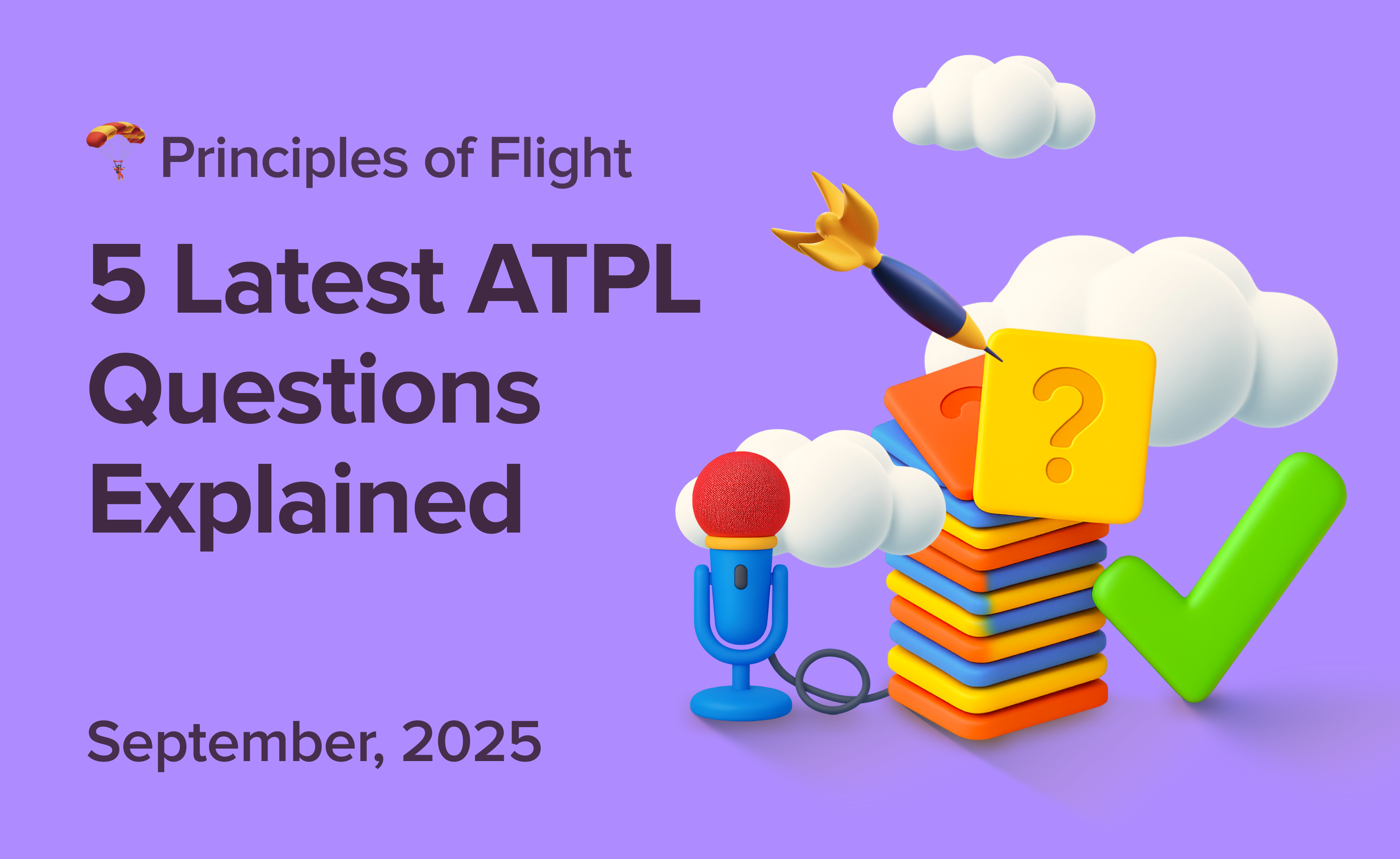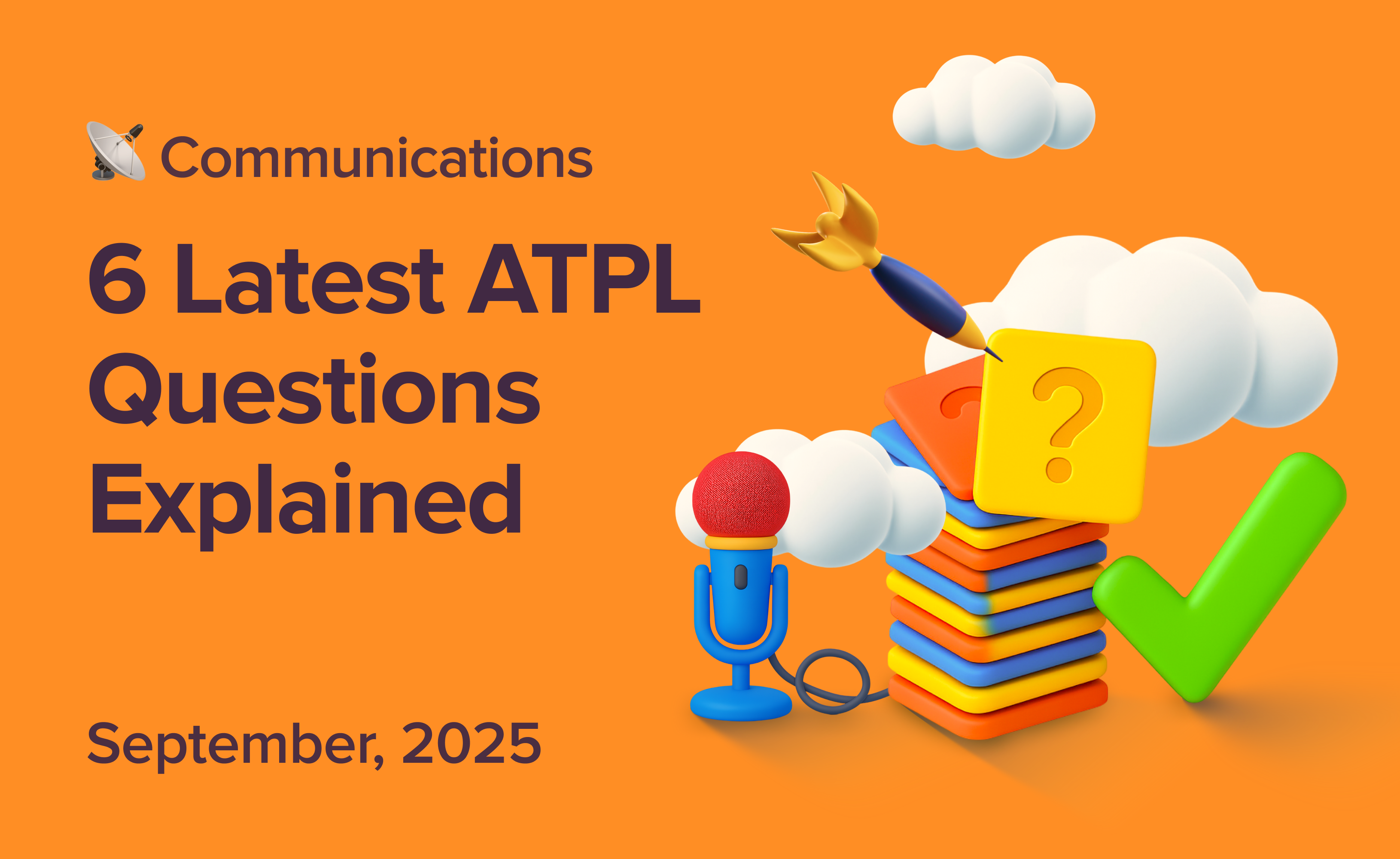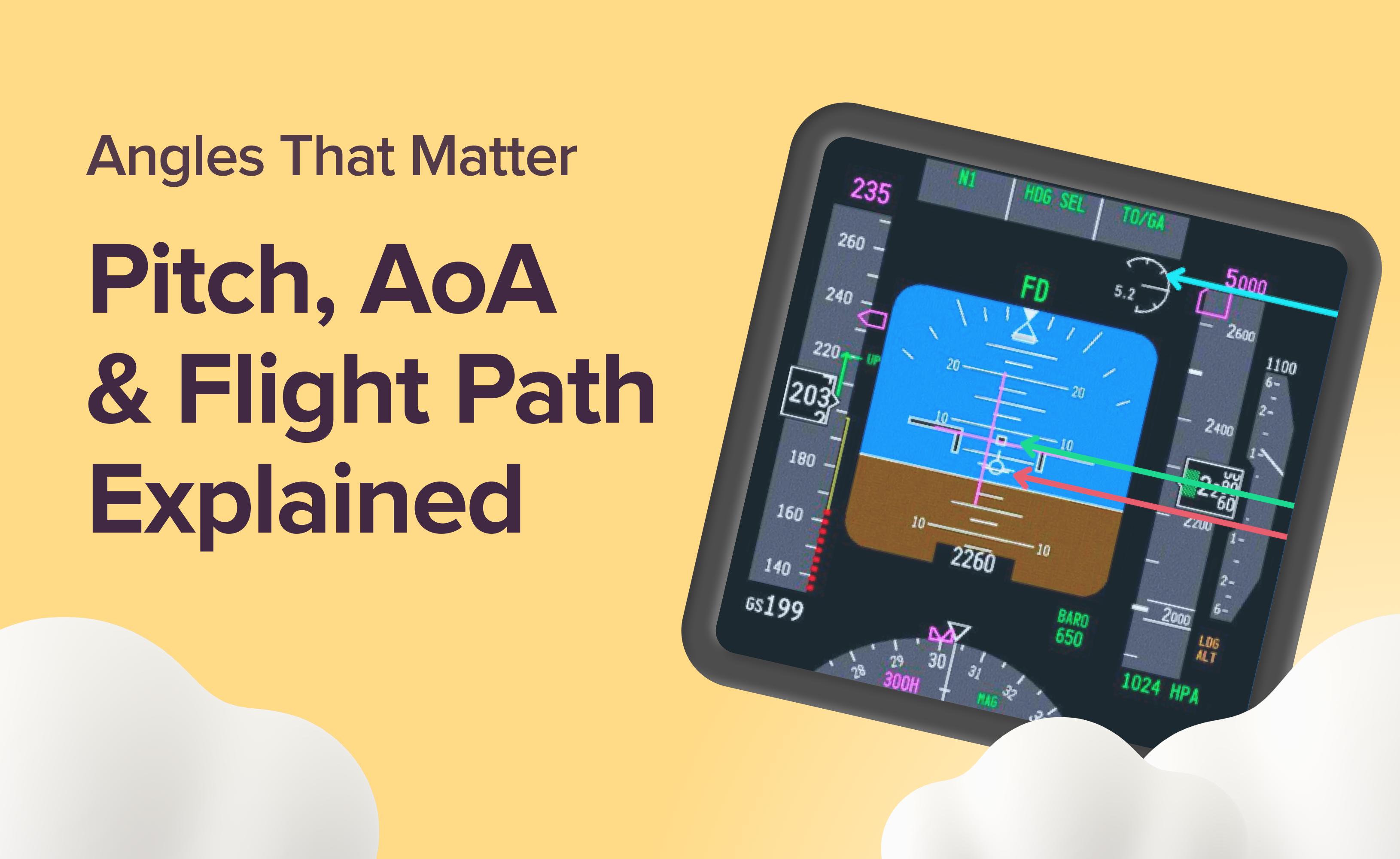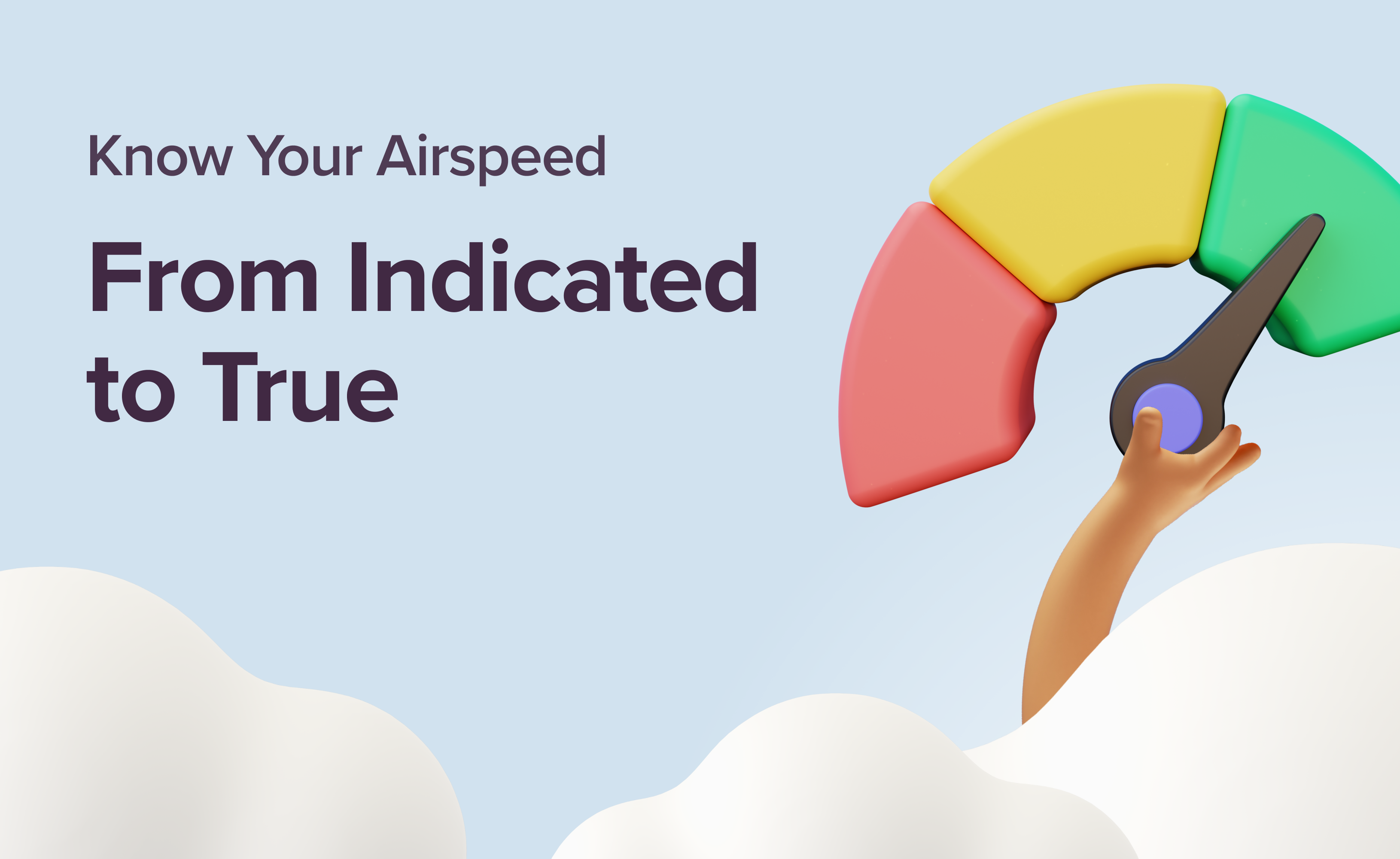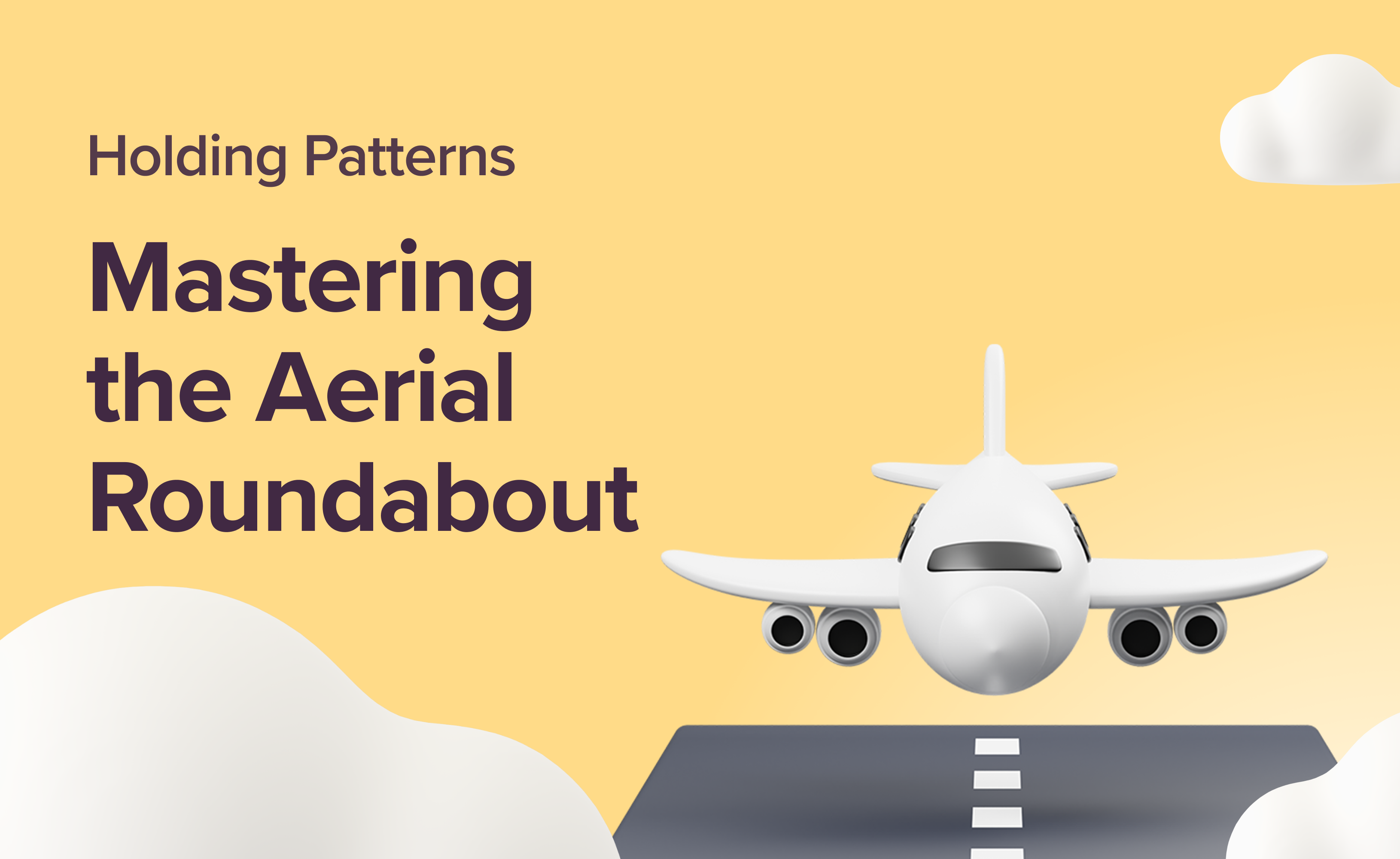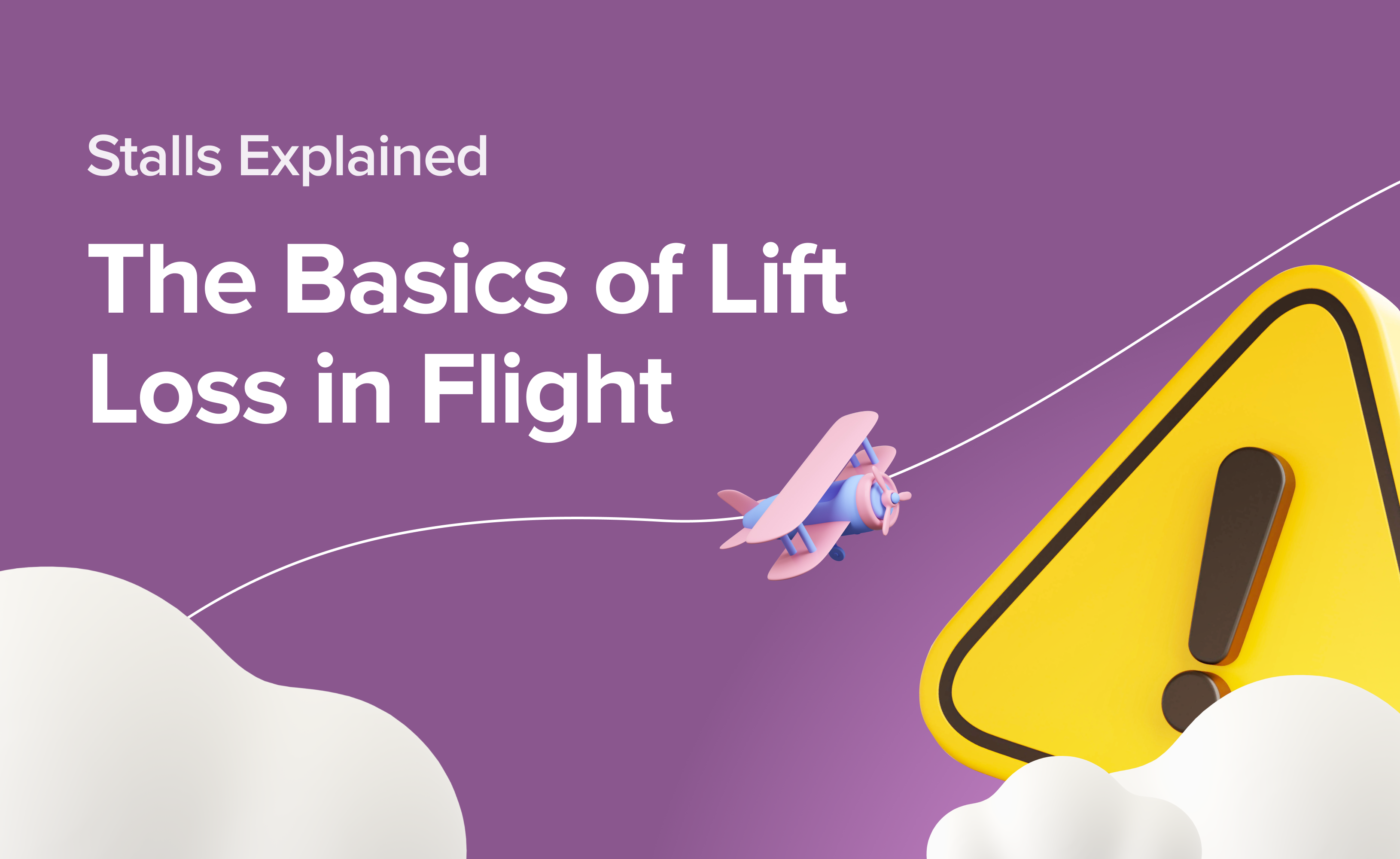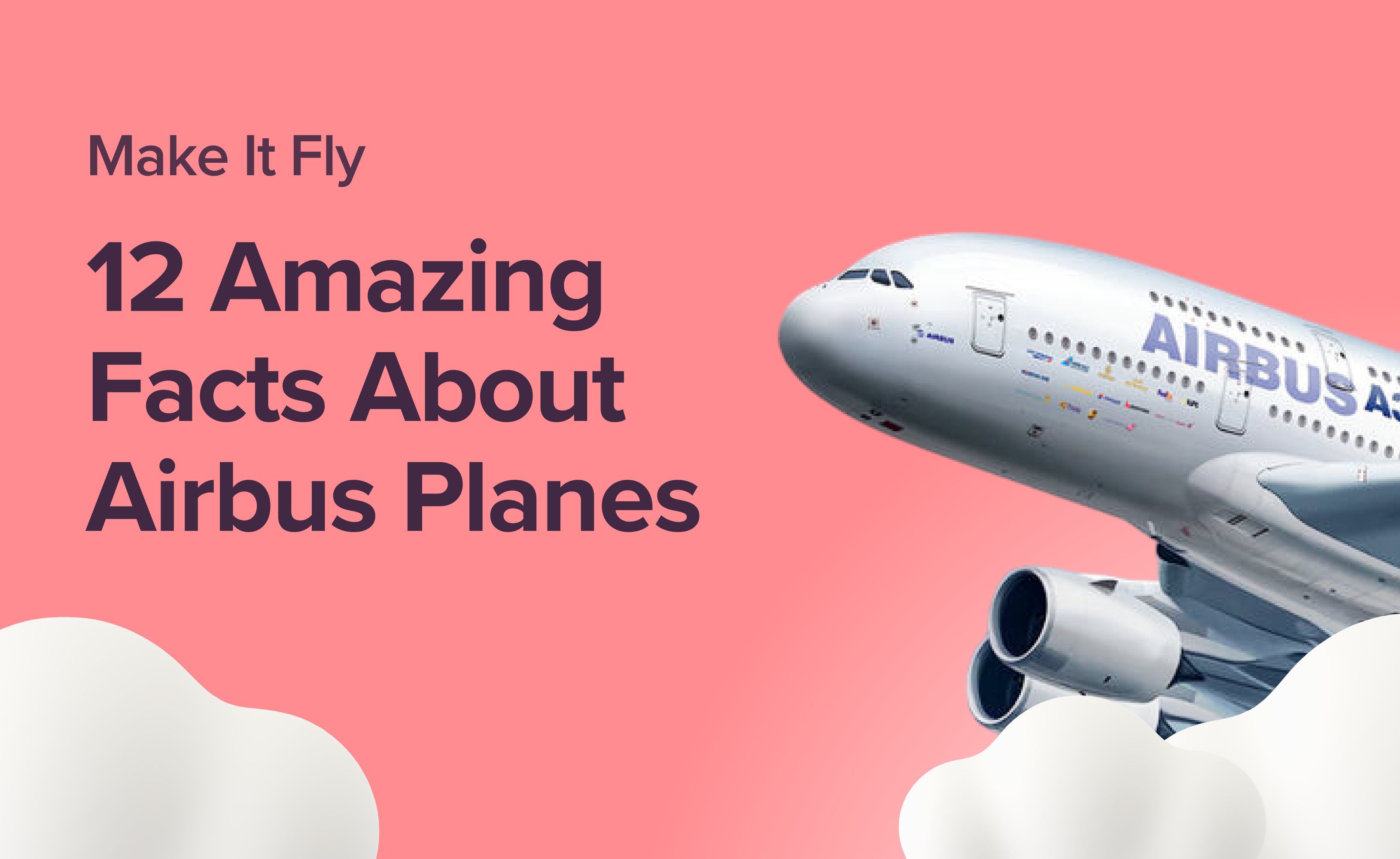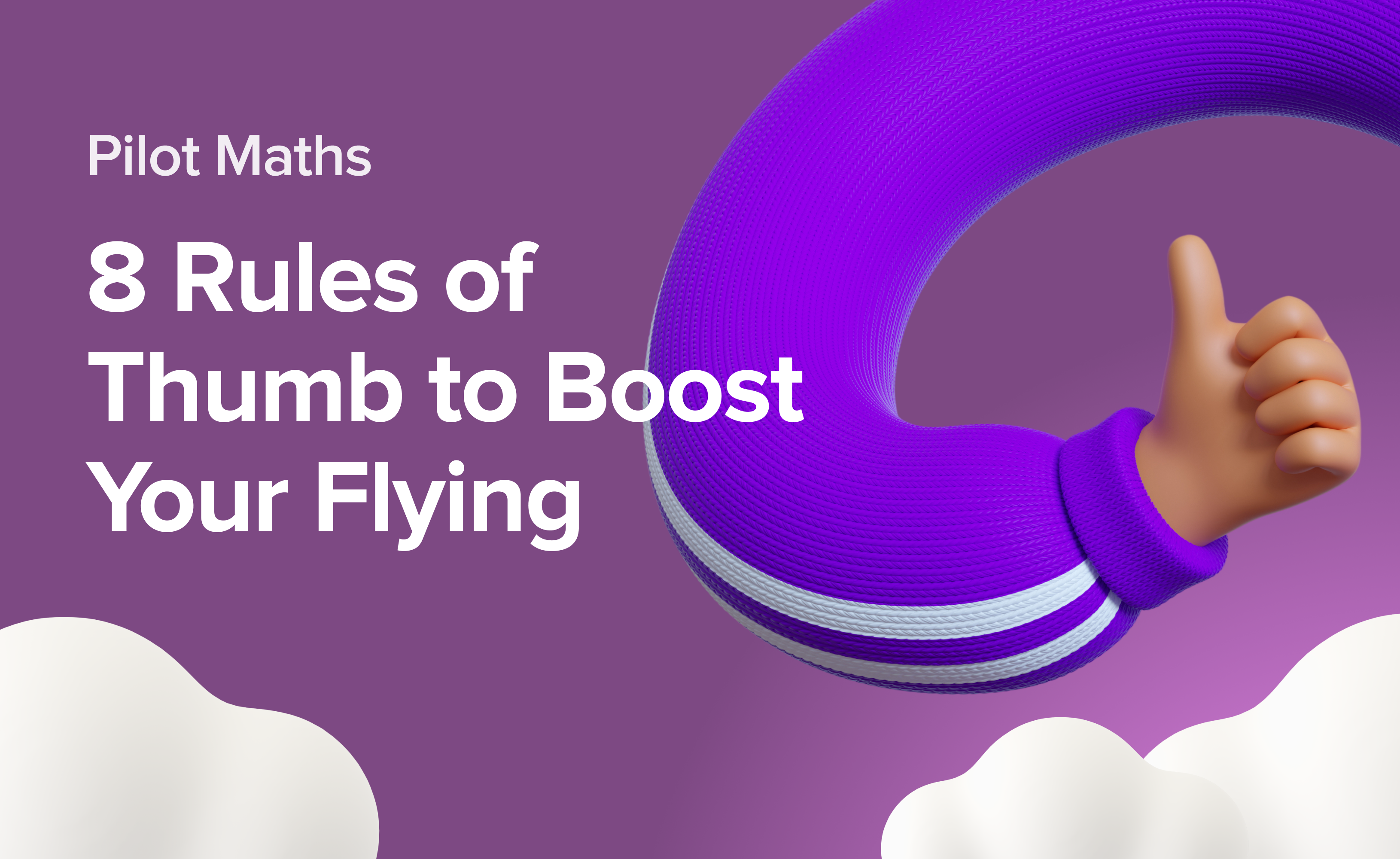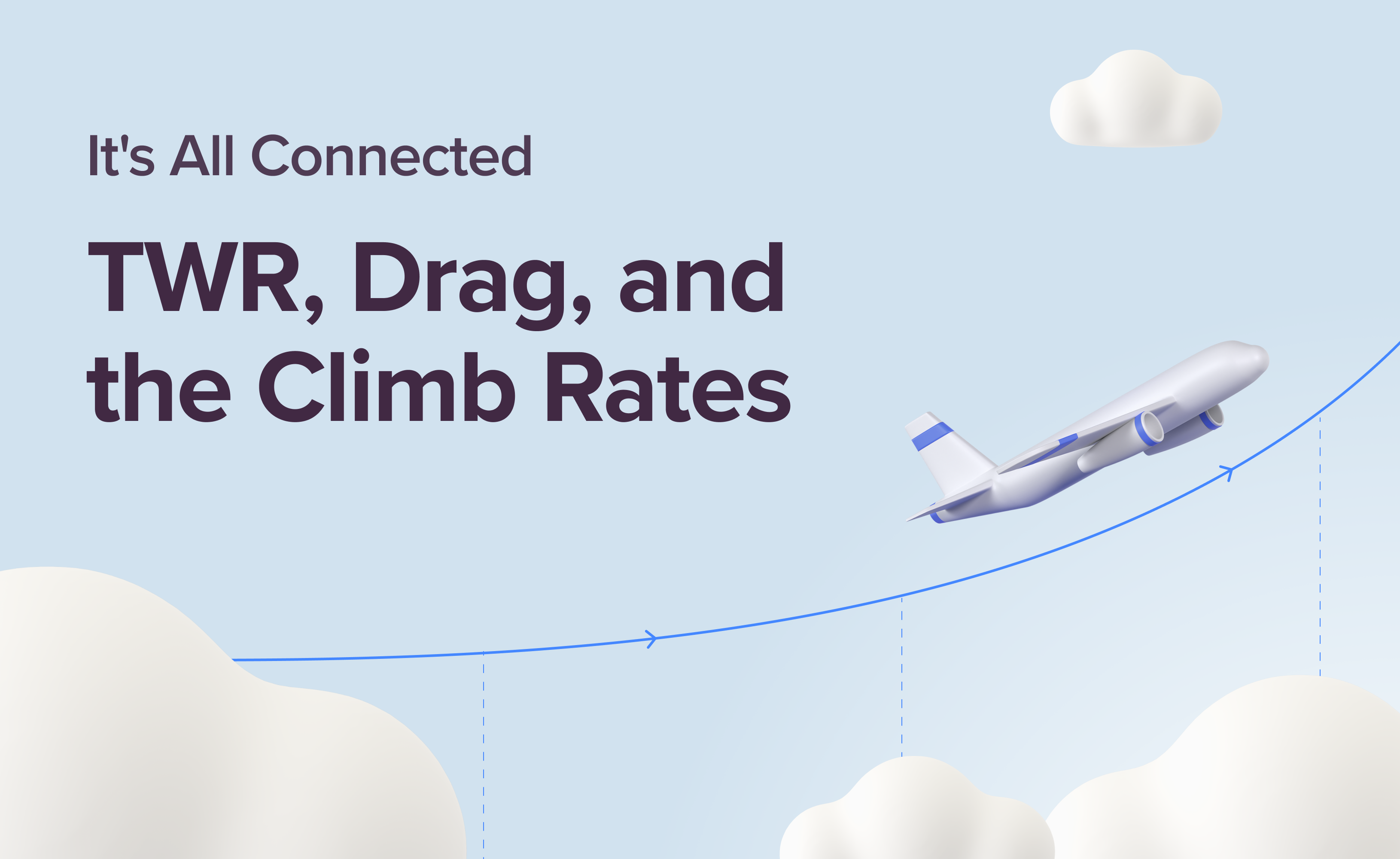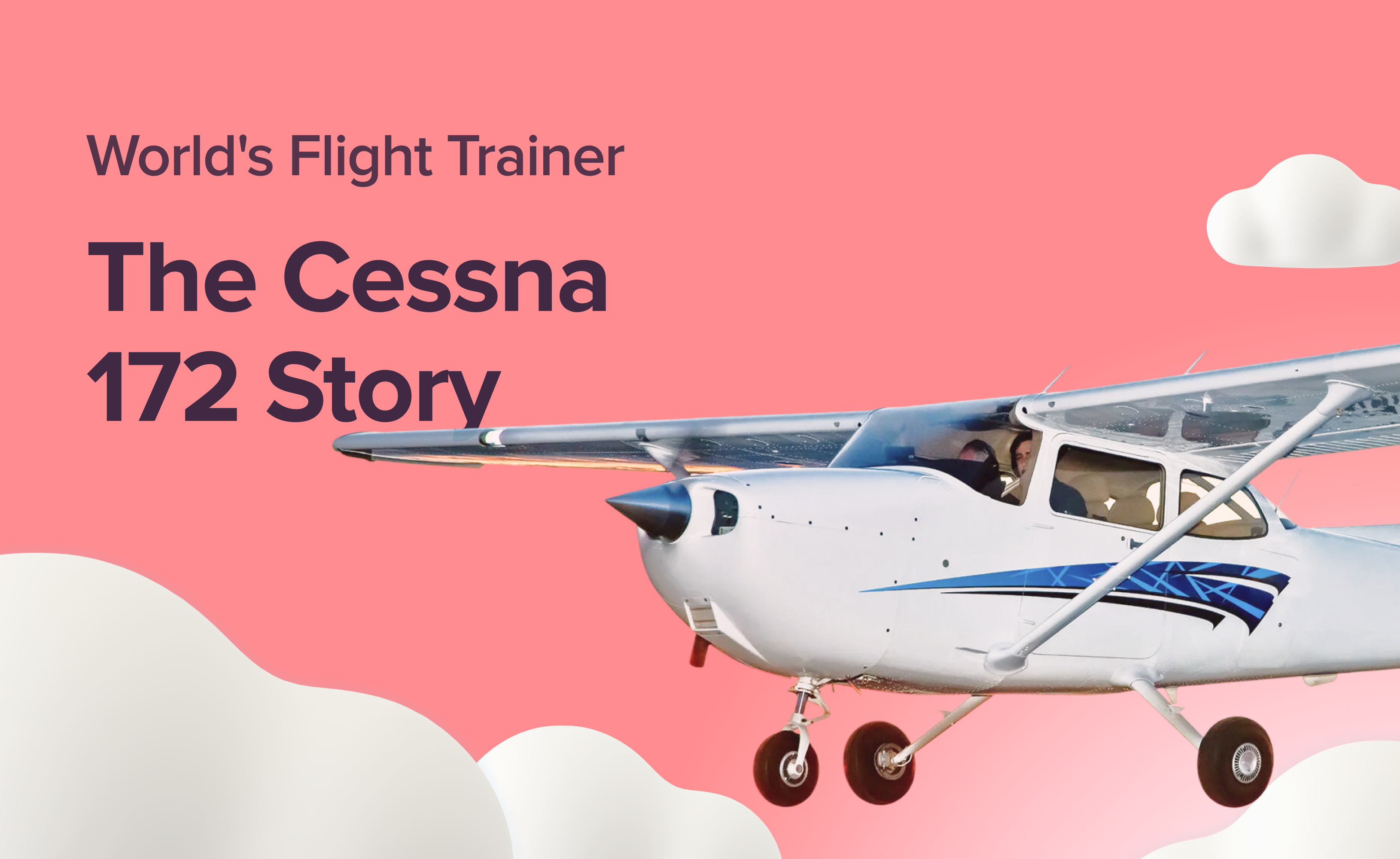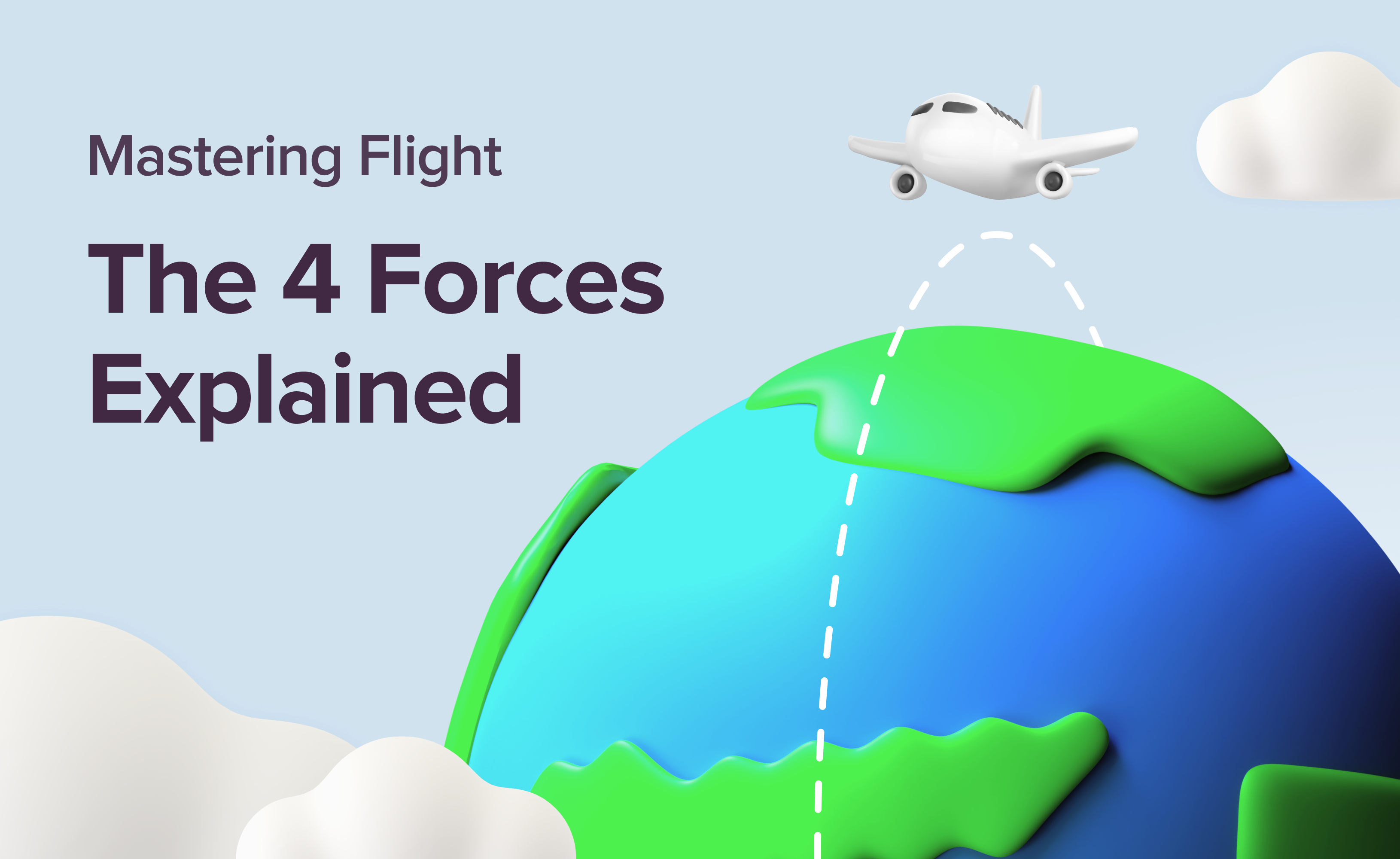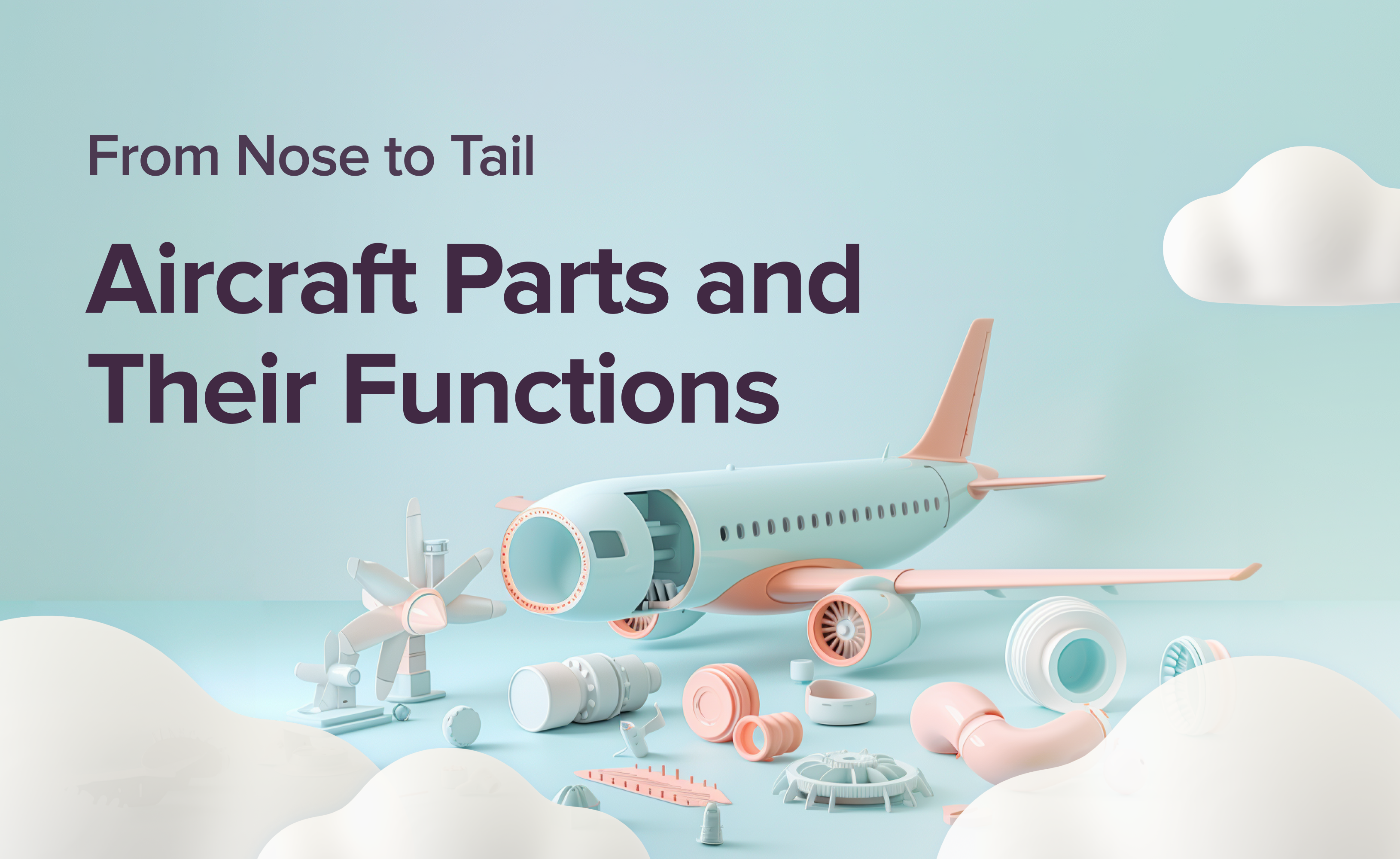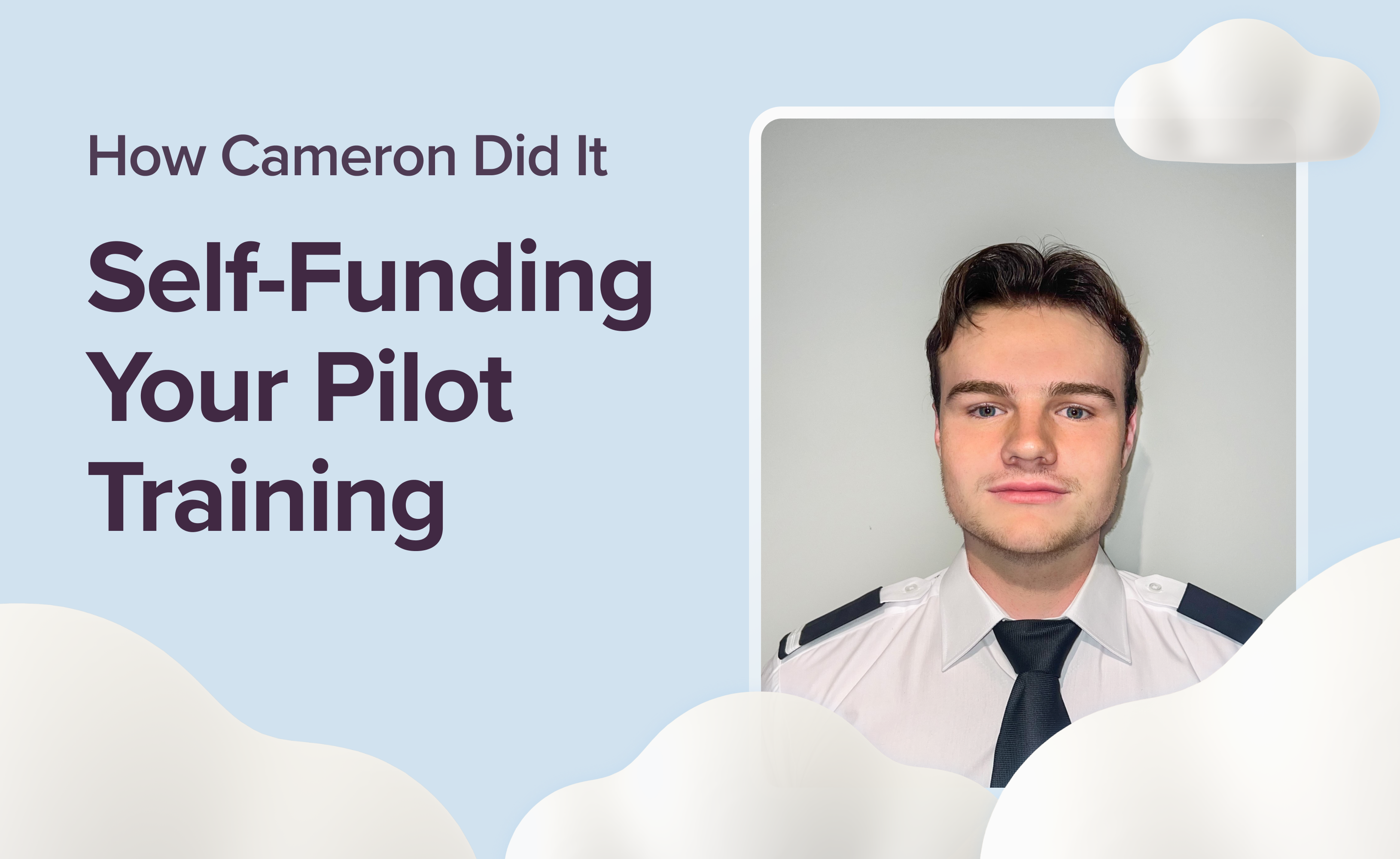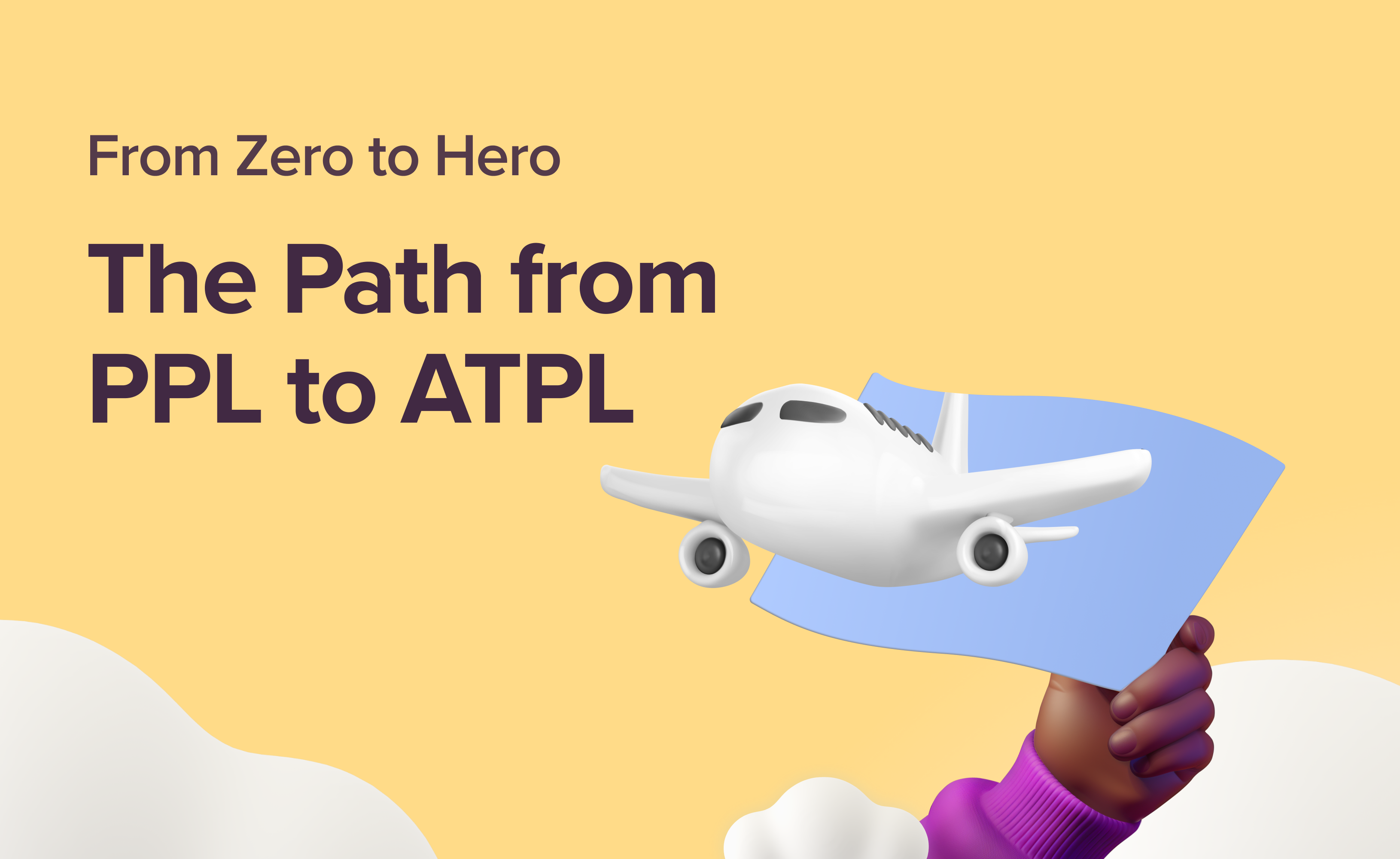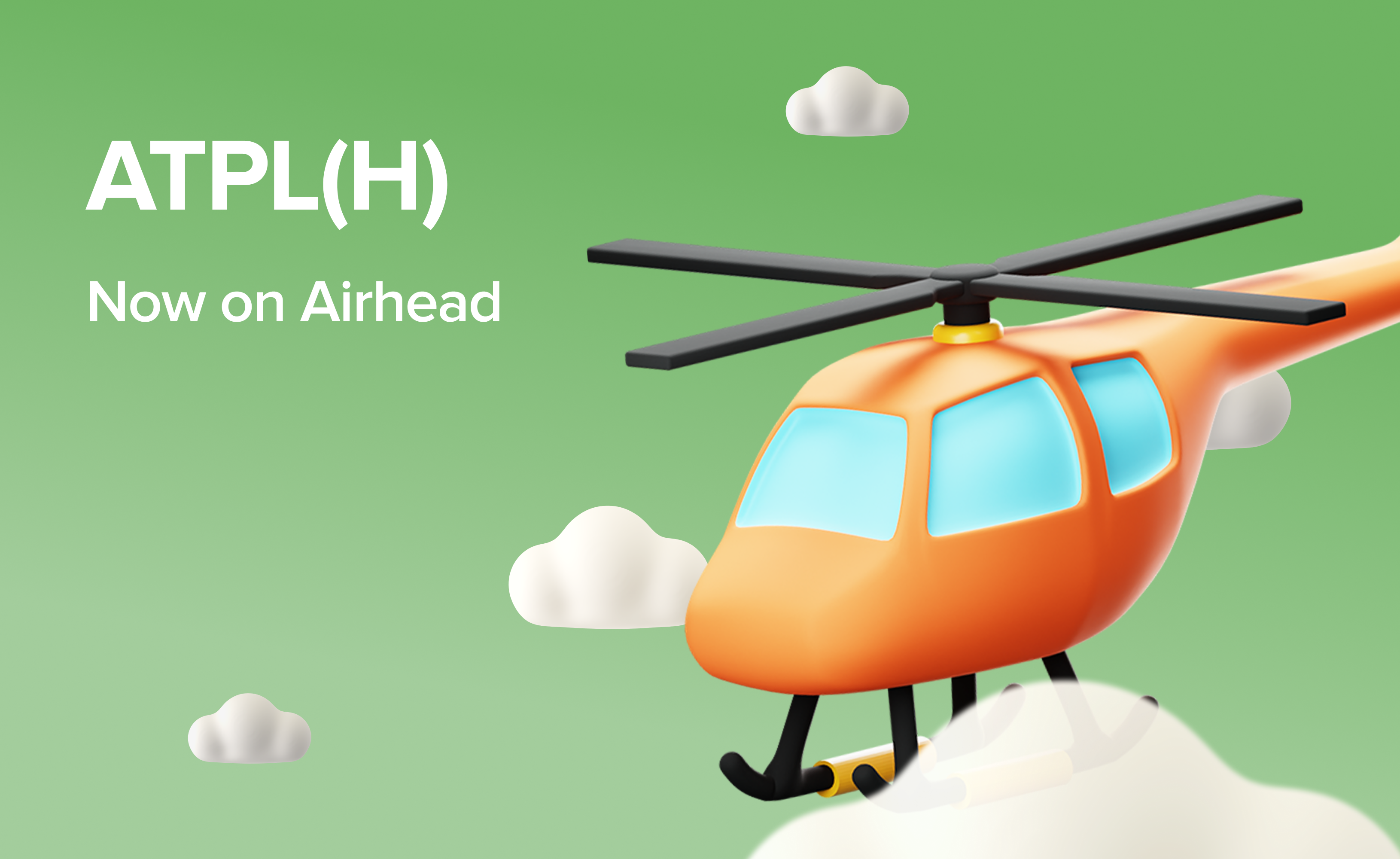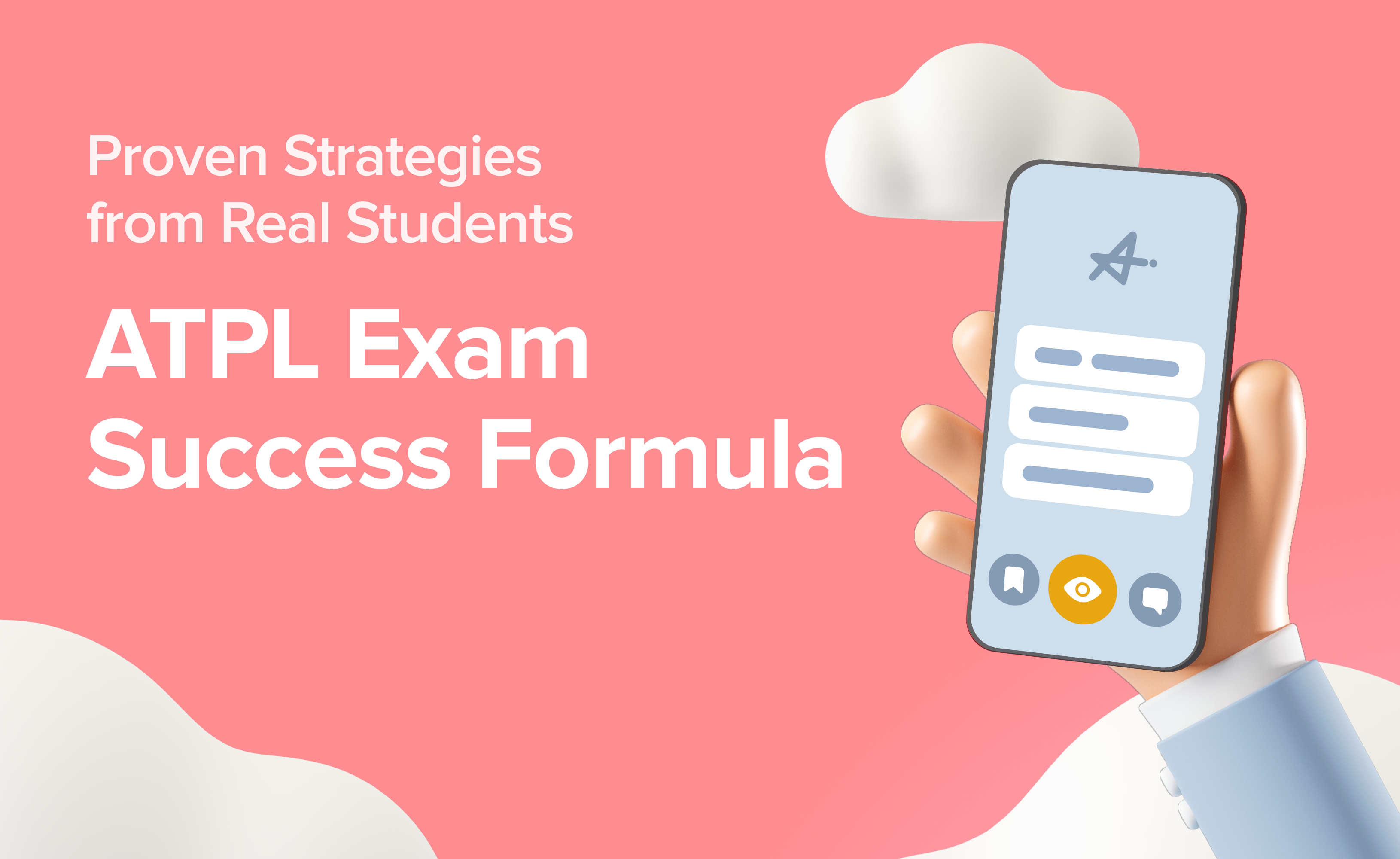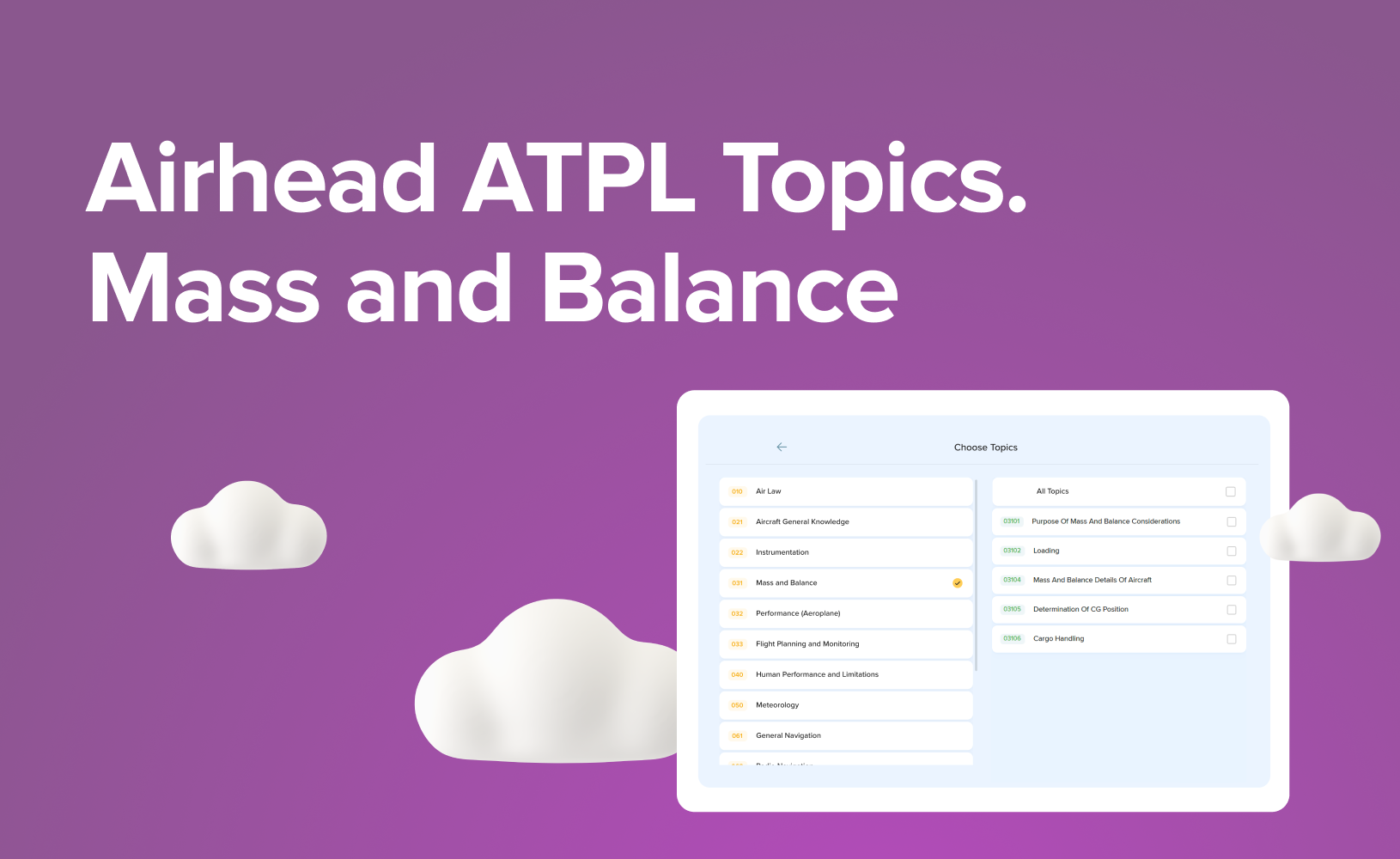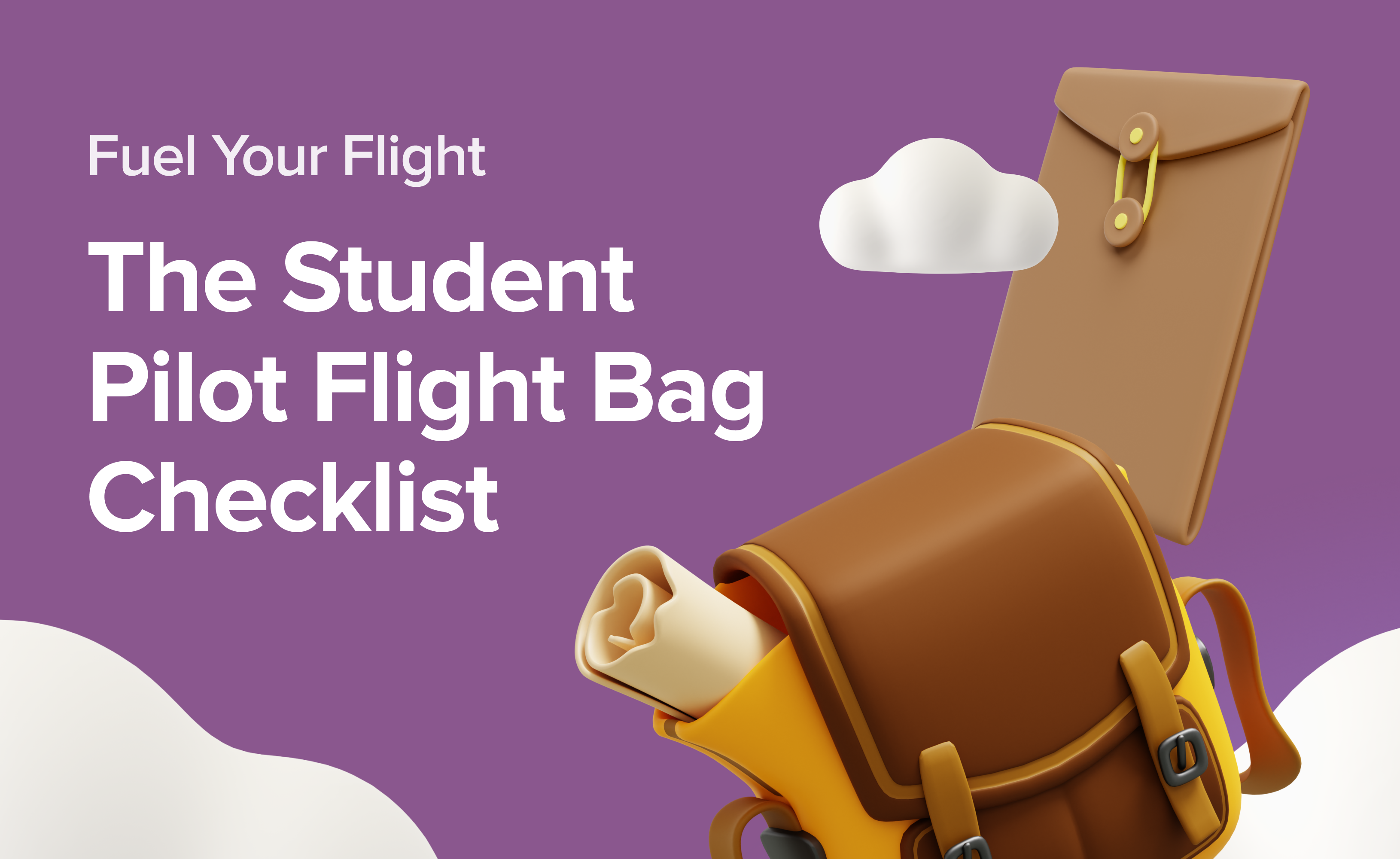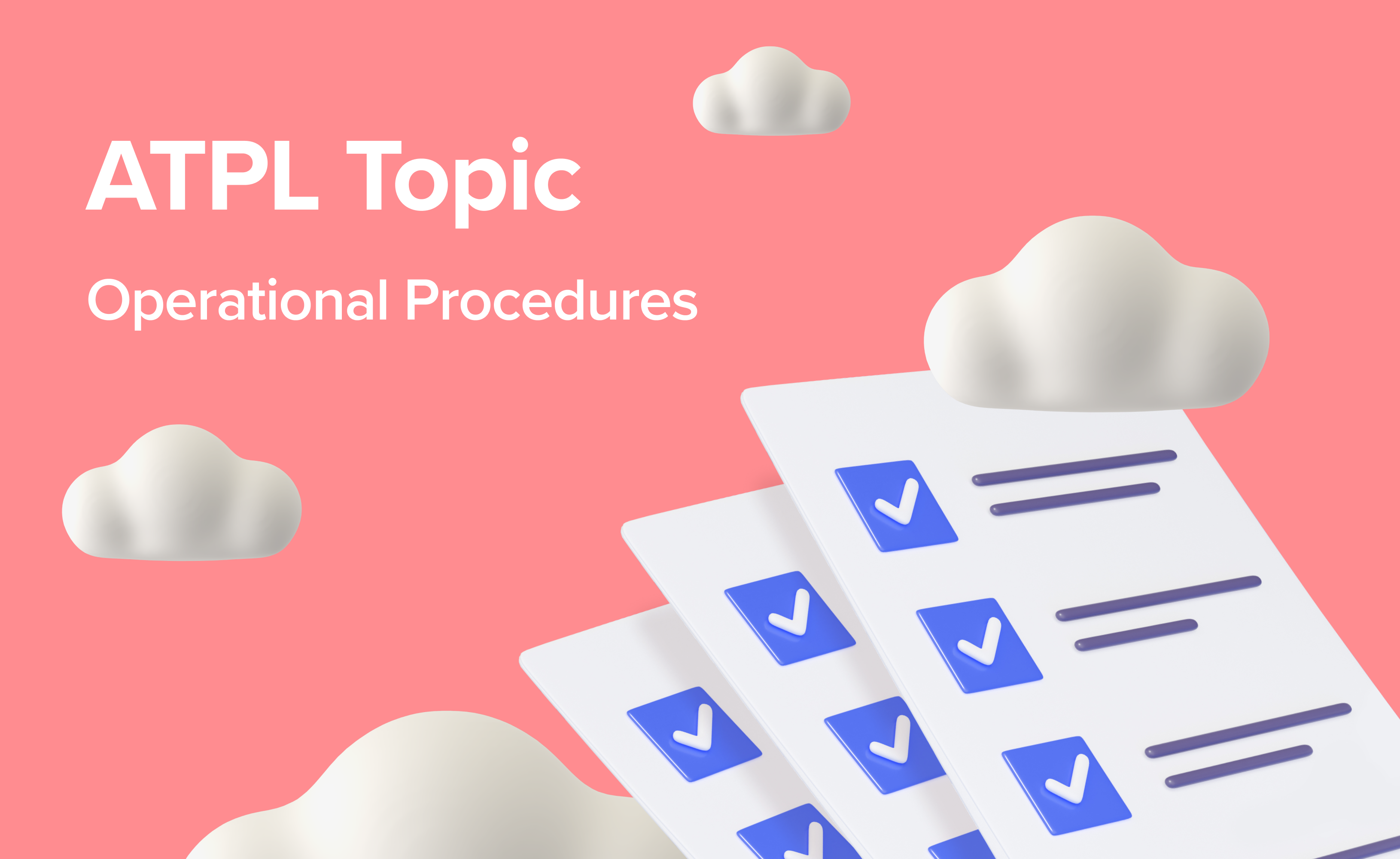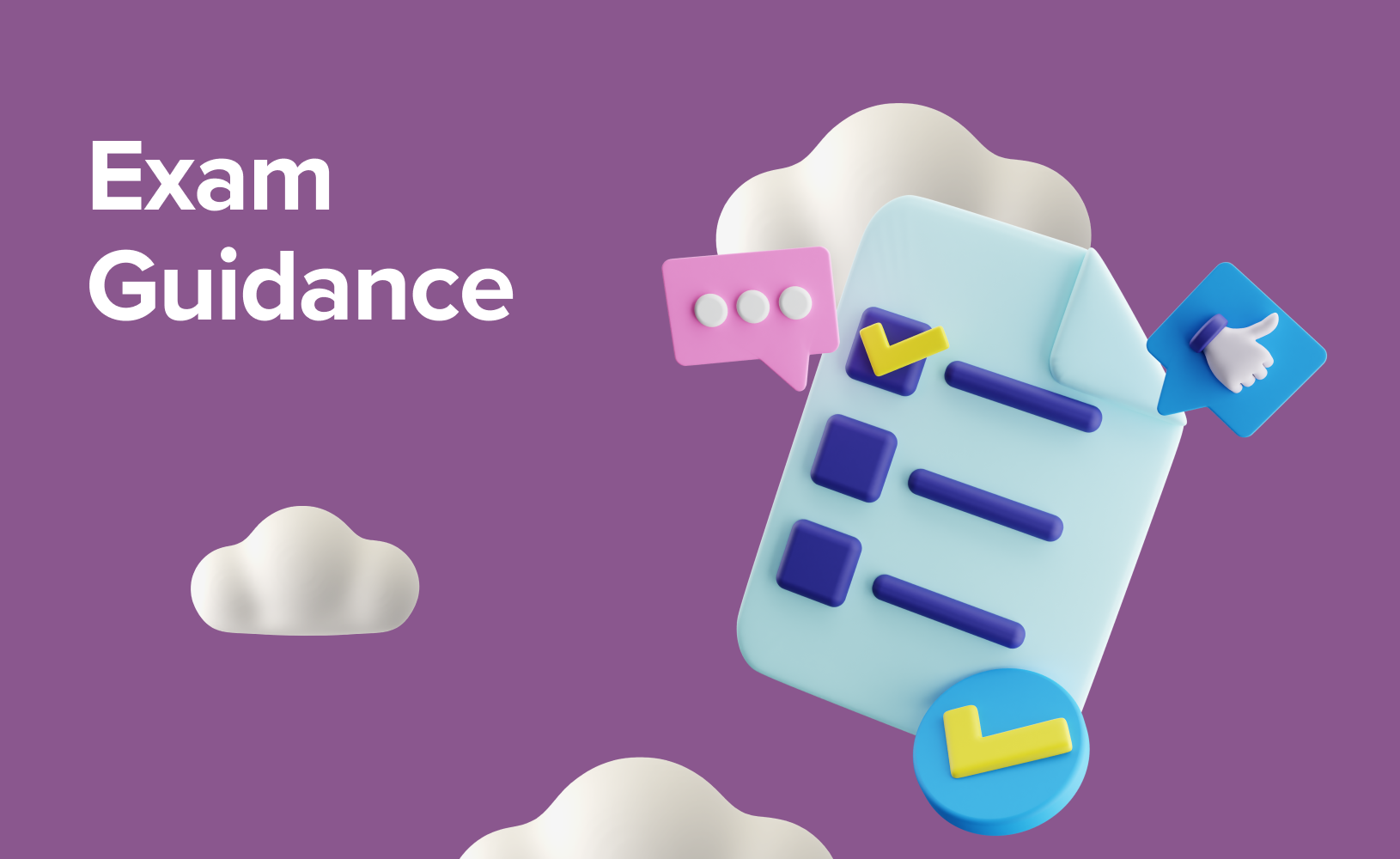Which Licence, EASA or UK CAA?
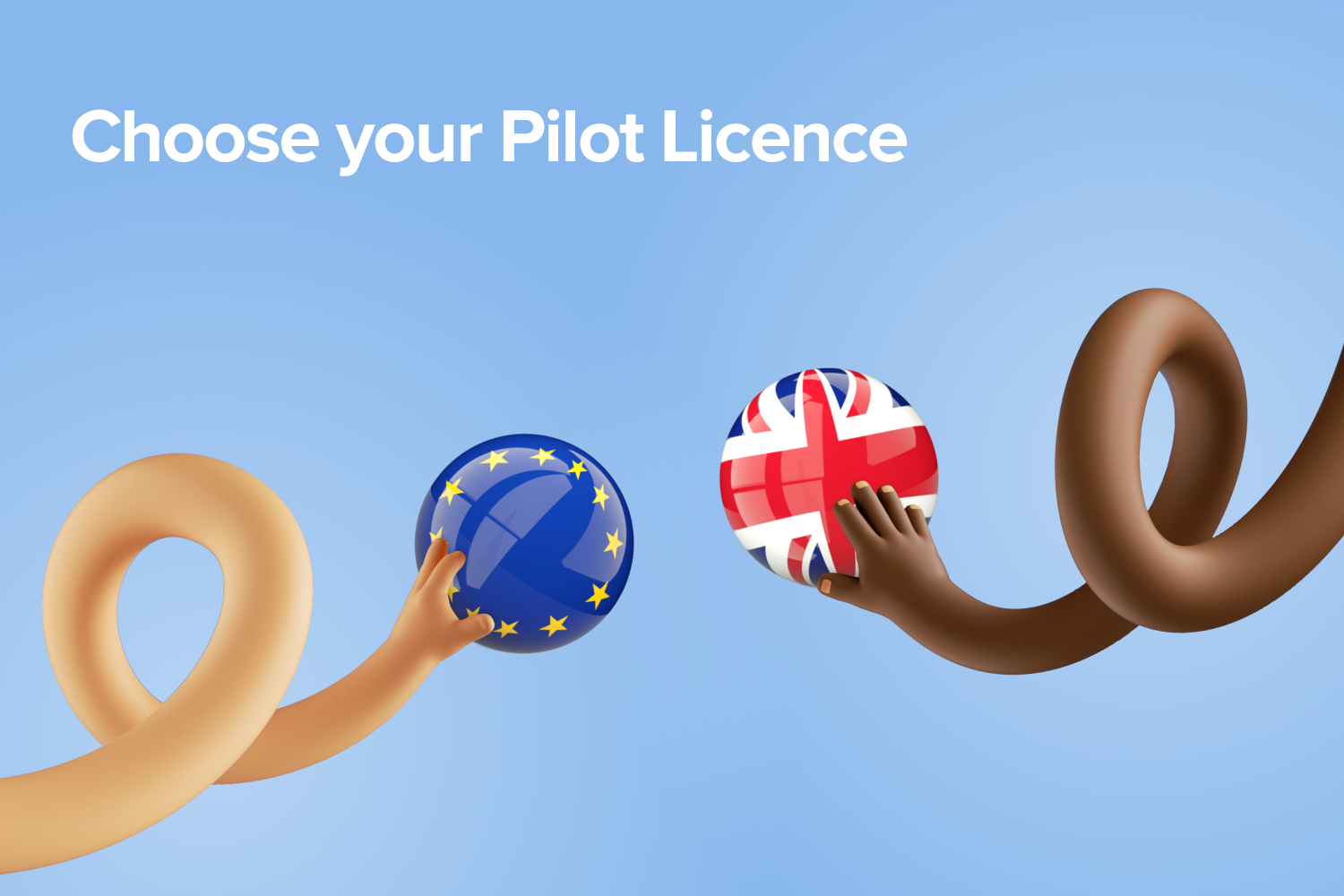
Which licence might I need?
The concept used to be that, if you had the right to live and work in the UK you should get a UK licence. Similarly if you had the right to live and work in the EU you should get an EASA licence, and if you had rights for both you should get both. This has not worked out quite as expected, though, as some UK-based operators employ UK citizens but require EASA licences. Chief amongst these is Ryanair, the largest employer in Europe. As a UK citizen, though, you would not want just an EASA licence as most UK operators and even some non-UK airlines, for example Norwegian, have a UK Air Operator Certificate (AOC) and so you would need a UK CAA licence to fly their UK-based aircraft.Because conversion from an EASA licence to the UK equivalent and vice-versa after the first licence is issued is a troublesome exercise it now makes sense for a pilot with the right to live and work in the UK to obtain both licences at the same time - always providing of course that the extra cost and effort is minimal, and it turns out that it is.
Can I get both licences following either Modular or Integrated Training?
There are two routes you can pursue to get your licence — modular or integrated. This is not a place for a detailed discussion about the merits of either route. For a summary see this article.There are several integrated schools that offer dual licences. Chief amongst them are Flight Training Europe in Jerez and Flying Time Aviation in the UK. FTE have very recently obtained approval from the UK CAA to add to their EASA approval but information on the extra cost of the dual licence option is not yet on their site, we anticipate it will be in the region of £5000. Flying Time Aviation offer dual licences as standard on their integrated program at no extra cost. This has to be balanced against the significant costs of an integrated course, currently €121,000 (£107,000) at FTE including full board and £89,500 at Flying time without any accommodation and living costs, probably about the same in the end. Flying Time offer a dual licence option to their few modular students at an extra £4950.
5 steps to obtain both licences following the modular route
1. Medical Certificate
Before you start training you will need a medical certificate. You could train using a Class 2 then get a Class 1 for your licence issue. That might be slightly cheaper, but there is a risk that you will find you can pass a Class 2 but not Class 1, so we recommend the initial medical is a Class 1.To obtain both licences, you will need a Class 1 medical for both the UK CAA and the EASA State which will issue your licence. You will need to choose the EASA State Of Licence Issue (SOLI) early on for this reason. Austrocontrol are a popular choice but you may have personal links to another EASA State, any will do. In theory the two medical certificates could be either based on two separate sets of tests or one set of tests with a dual-certified medical examiner, obviously the latter is cheaper. One provider, Aviation Medical Services, charges £612 for a UK Class 1 and £943 for both certificates together (UK and Austro) so perhaps budget around £300 extra for the second medical.Once you have your medical, modular training consists of the following:
2. PPL theory and practical
The first stage of a modular course is a Private Pilot’s License (PPL). Neither EASA nor the UK CAA requires that your PPL is regulated by them so it can be issued in any ICAO country, so where you do your PPL is not important. Be aware that a UK NPPL doesn't count as it is not an ICAO-standard licence.
3. ATPL Theory and Hour Building
The next stage consists of two elements which may be conducted concurrently or in any order.
Hour Building
By the time you start your CPL course, you’ll need at least 150 hours, and when the time comes to apply for your licence you must have logged at least 200 hours, including 100 as pilot in command. The hours are not regulated training, so the hour building location does not matter and will count for both licence applications.
ATPL theory
If you choose a school that holds both UK and EASA approvals, after doing your theory in the modular course you will be eligible to sit either or both exams. The only inconvenience is that for both licences you will have to sit through your exams twice - and pay for them twice as well. There are not currently any EU-based theory providers which also have a UK CAA approval other than Bristol Groundschool, but several of the smaller UK-based groundschools can offer the same option. The extra cost of this element is a set of exam fees, say £1000. UK and EASA theory exams can be sat at many venues in the UK.
4. Approved Flight Training
Until this point you have a lot of flexibility as neither EASA nor the UK CAA demand supervision over your flying. However, the remaining flying courses must be approved by the authorities you wish to issue your licence(s) and any flight tests must be conducted by appropriately authorised examiners. The courses may be done in a number of different orders and with different ATOs. We will not discuss how to construct the training here, just talk about the licence implications, so what follows is in no particular order.
Multi-Engine Piston, CPL, and Advanced-UPRT Training
For these three courses you could choose to do two sets of courses and two sets of tests but it makes most sense to find schools who have dual approval and can arrange dual-certified examiners so there is no significant extra expense apart from an additional part-fee for the examiner, about £300. The reason for this is the different charges from State to State and how the examiner gets remunerated.A number of flight schools offer this option. From the modular flight schools Stapleford Flight Centre stands out for the CPL course, the UPRT and the Multi-Engine Piston Class Rating at negligible extra cost. See also comments below about their IR course and test. Be careful here, some schools will offer additional EASA tests as extra flights at an extra cost, it shouldn’t be necessary other than, perhaps, a few hundred pounds extra examiner fee.
IR Training and Skills Test
As with the CPL, the course of training must be approved by and the flight test supervised by the authorities you wish to issue your licence(s). Again there are several schools that have dual approval, but there is a complication that does not apply to the CPL.The EASA regulations require that if the IR training is conducted outside EASA member states, some acclimatisation training and the IR flight test has to be conducted in one of the member states. For a UK-based flight school under UK regulations the IR test can be conducted anywhere. This means that, in order to satisfy both sets of requirements, either the single IR test must be conducted in EASA airspace or there have to be two tests, and extra expense. In practice the option to do one test in EASA (usually French) airspace with a dual-certified examiner is rarely possible because of a shortage of dual-certified IR examiners so you should plan for two tests and some extra expense. Anticipate around £2100 of additional costs.
5. Multi-Crew Training
The final element is either a Multi-Crew Cooperation (MCC) course or Airline Pilot Standards MCC course (APS-MCC). Again, this is not the blog in which to discuss the merits of the choice, but in any case you would have to ensure that the provider is dual approved, to avoid repeating the training. Fortunately, it is possible to find several UK providers who have dual EASA and UK CAA approval. So they are able to offer courses that satisfy the requirements of both licences.
How much extra will it cost?
PPL – no additional cost.
Class 1 Medical - an extra £300
ATPL Theory - no additional cost but you need a dual-approved school.
Extra ATPL Exams – say £1000
Hours building – no additional cost.
MEP Course - no additional cost if the provider is dual approved.
CPL Course – about £300 extra examiner fee and you need a dual-approved school.
IR Course – about £2100 extra for the second test and you need a dual-approved school
A-UPRT - no additional cost if the provider is dual approved.
APS-MCC or MCC – no additional cost if the provider is dual approved.
So your total additional training and testing costs should be around £3,700 if you are careful with your planning and your choice of flight school but it could end up being a good £5000 to £12,000 if you make different choices. The lower figure in this range pretty much matches the extra costs ‘bundle’ from Flying Time.
Are there any alternatives?
A possibility is to obtain only one of the licences and then apply to convert to the other. However, conversion in either direction is not so easy to get through and will bear extra costs.If you are not sure whether you will actually need your second licence but still want to have it as a backup plan, you could get a CPL issued by both authorities but an IR by only one, and then do your IR only when it is necessary. You could still do a dual IR course, but skip the second flight test and associated acclimatisation flying. It is necessary to complete the training and second flight test within 18 months of the initial course. If you go beyond this time limit you could still do a CB-IR(A) course at a later date and get a credit for the training that you have already completed. However keep in mind that you will need about 10 hours of additional simulator training which might come up to £1500 more than the budget mentioned above.
Is it worth it?
As you can see - it all comes down to the price. Having both licences will undoubtedly allow you to keep more employment doors open and it does come at a (comparatively) small cost. We would recommend this path for any UK-based pilots starting professional training, the potential benefits seem to outweigh the costs.



